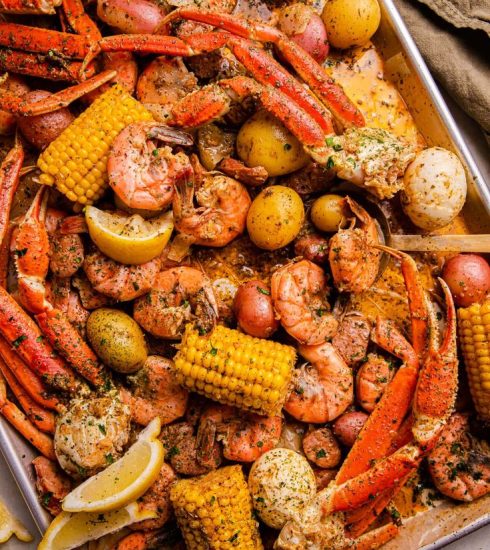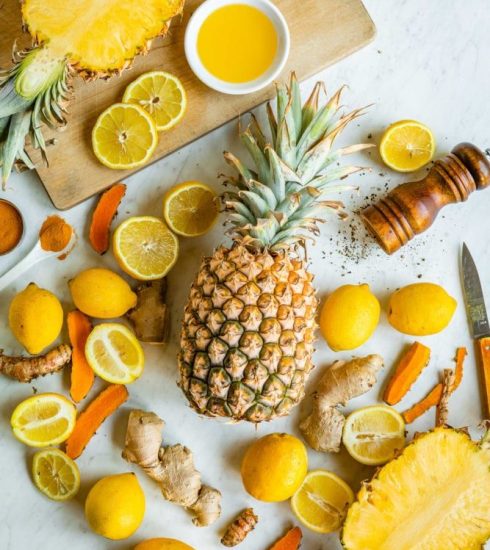The Science Behind Your Favourite Food Cravings
Ever find yourself drawn to your go-to comfort foods, like a chocolate cake slice or a bag of potato chips, and unable to resist their irresistible appeal? It turns out that there is actual science underlying our intense eating desires, which go beyond simple weakness of will. This article will delve into the fascinating world of food cravings and explain their six scientific origins.

(1) NEUROTRANSMITTER MAGIC
Within our brains are intricate networks of chemical messengers called neurotransmitters, which certain meals can influence. Releasing the “feel-good” chemical dopamine results from eating foods high in fat and carbs. The craving for these treats is heightened since they give off a gratifying feeling.

(2) EVOLUTIONARY HANGOVER
As the human body has changed over thousands of years, we may link some of our appetites to the survival instincts of our ancestors. Energy storage is a fundamental evolutionary necessity, which explains why people crave high-calorie diets, particularly those heavy in fat and sugar. Our bodies desire certain meals that are high in energy, regardless of how our lifestyles have changed.

(3) EMOTIONAL CONNECTIONS
Emotional cues, such as memories of happy or relaxing times, often cause cravings. Emotions such as stress, happiness, and sadness significantly impact our eating patterns. In addition to being delicious, a scoop of ice cream can also evoke pleasant memories or be a sentimental treat.

(4) HORMONAL INFLUENCE
Hormones might greatly influence our cravings. Variations in estrogen levels during the menstrual cycle might result in an increase in the urge for specific meals, for example. Our dietary tastes seem to fluctuate randomly, but understanding these hormonal factors helps to explain why.

(5) THE POWER OF TEXTURE AND MOUTHFEEL
Have you ever wondered why you desire anything crunchy or creamy? The mouthfeel and texture of food can have a big impact on our desires. Foods that arouse pleasure, like the crunch of chips or the smoothness of chocolate, are alluring because they provide a delightful sensory experience.

(6) NUTRIENT DEFICIENCIES
Cravings could be our body’s way of telling us when we’re not getting enough nutrition. For example, an unexpected need for red meat may indicate that you need more iron. One can improve overall health and address nutritional imbalances by paying attention to these urges.

CONCLUSION
Emotions, biology, evolution, and even dietary needs are all intricately woven together to create food cravings inside the complex machinery of our minds and bodies. Gaining knowledge about the science behind our dietary choices enables us to enjoy the meals that genuinely stimulate our taste receptors, balance our consumption, and make informed decisions. Remember that science is present in your food and that there’s more to it than meets the eye the next time you yearn for some pizza or chewing gum.

Dorcas Akintoye is a versatile writer with a passion for beauty, fashion, relationships, and culinary delight. With a keen eye for detail and a passion for storytelling, she adds a touch of elegance to every topic she explores. She is a writer at THEWILL DOWNTOWN.






